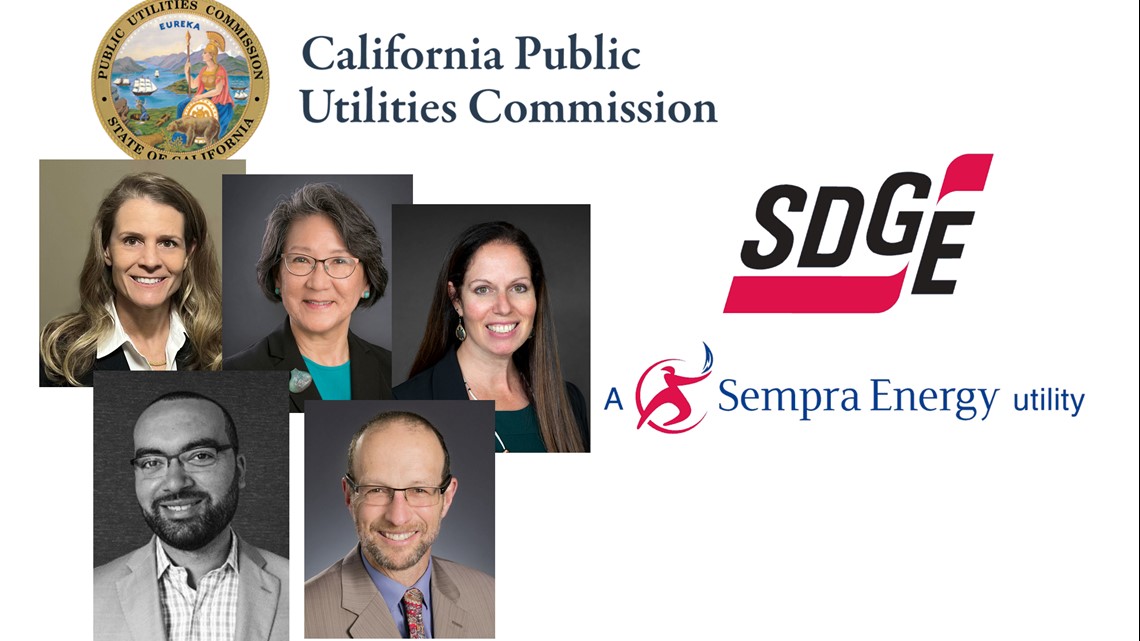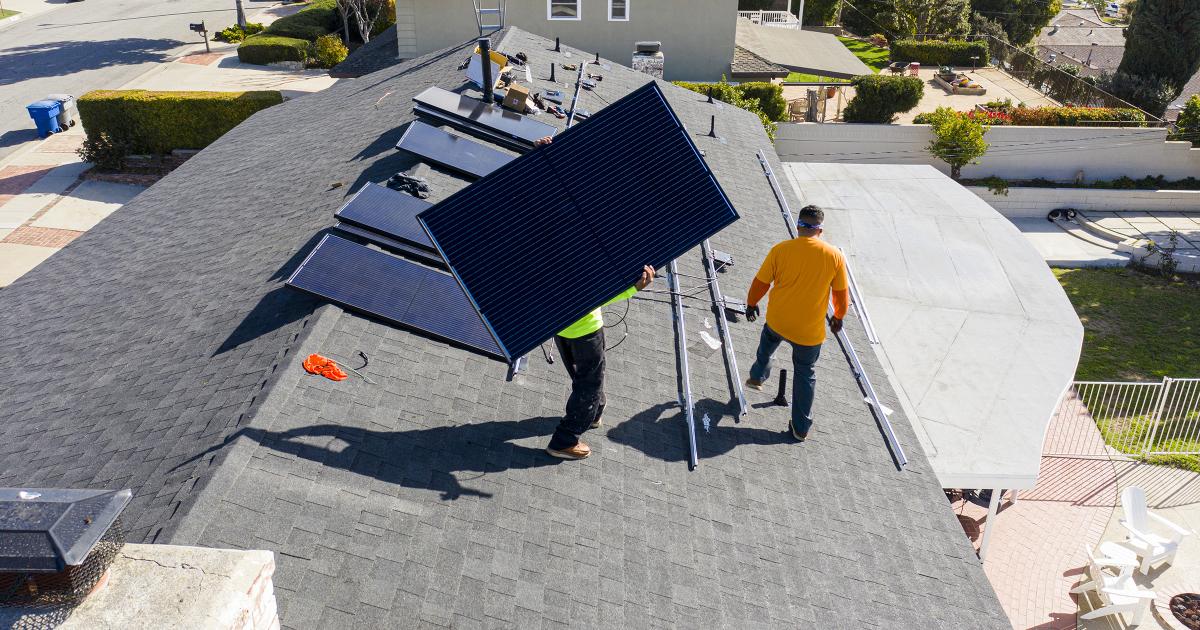I'm not fully on board with that question, but it is difficult to conclude otherwise based on the scatter shot of information that is being made available. I found a CAISO Peak Load History document and most of the days in late August or early September and from 15:00-18:00 (3:00pm-6:00pm). Solar generation is declining during these times, but still contributing to the grid.
I think you answered your own question... the E3 study and avoided cost calculator conducted in preparation of NEM 3.0 determined that residential rooftop solar (without batteries) offered little to no benefit to peak "demand."
We've learned that CAISO simply sees a reduction of "demand" as rooftop solar suppresses endpoint energy draw. But the E3 data was supposed to look at all demand, even an estimate to what was happening behind the meter of a solar customer. This allowed them to calculate the "avoided cost" of energy generation at a given time of day.
Anyway, regardless of what "demand" definition you go with... the IOUs say a solar-only customer taxes the grid just as much as a non-solar home during peak. And, the conclusion that we've heard countless times from the IOUs is that a solar-only NEM 1.0 or 2.0 customer is unfairly "NEM-ing" during peak, which means they aren't paying for this peak time grid fair share even if they are importing at a higher TOU rate.
What is dumbs about the now-delayed NEM 3.0 PD is that a solar customer with ESS is still paying the same fixed costs as a customer without ESS. But every study has found a solar+ESS self-gen home benefits the grid, especially during peak.
Here's the ACC rate per MWh projected for 2030. When the data estimates the peak hours for PG&E's biggest zone, (periods 18-20 6pm to 9pm), the costs are highest because there is little to no solar. And to the point you made, they need to invest a ton of grid/transmission to support the forecast surge in demand during those 3 hours.





